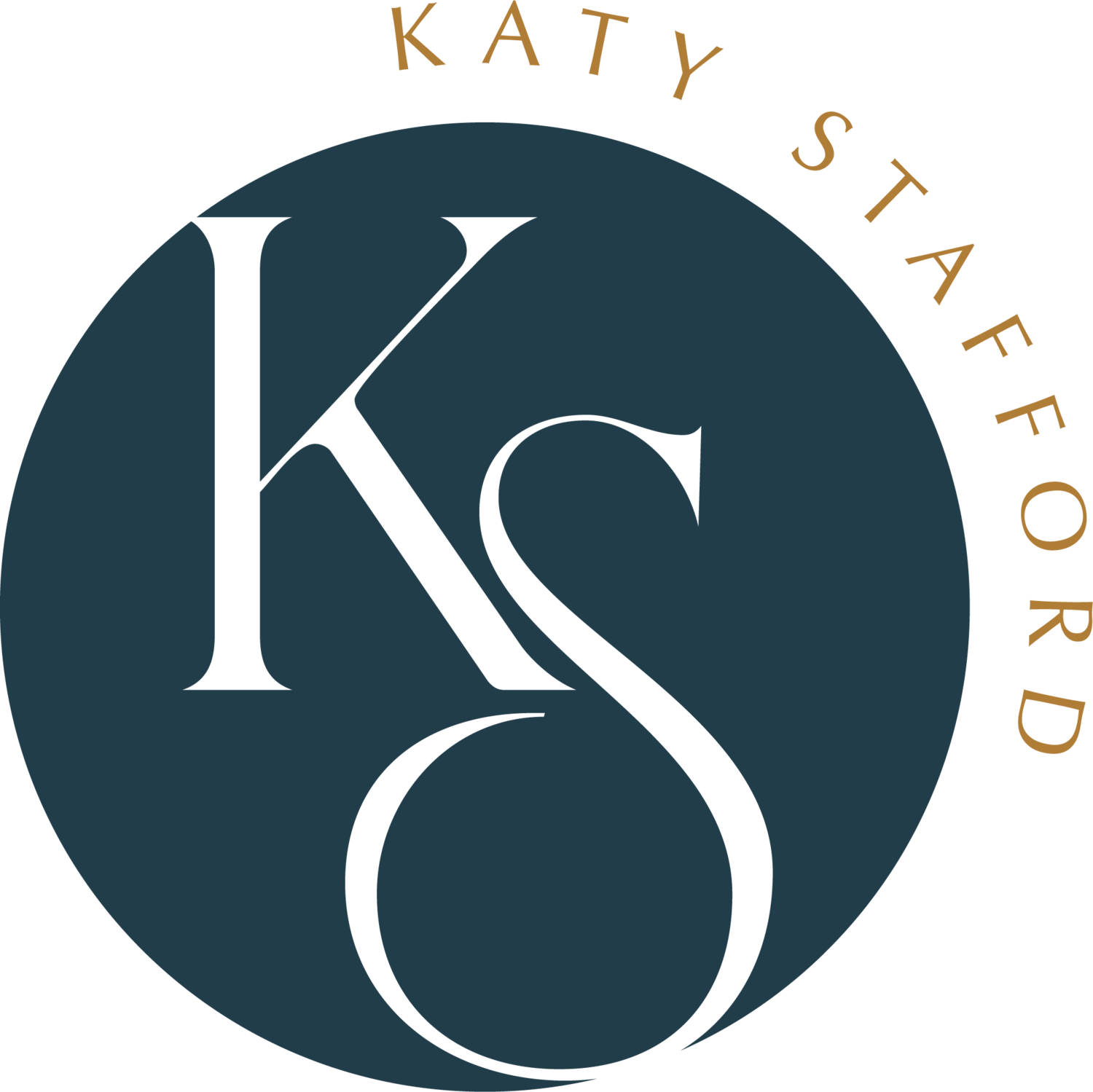Defining Creative Success
As a professional creative, I seek to bring my very best to every client, generating copy that serves their needs and helps them reach their goals. Even so, I can look back on the last decade and recognize a handful of projects that have unlocked something more within me and connected with something essential in my own story. In those instances, I gave more than I knew I had, and I look back on that work as some of the best of my career.
I’ve watched the same phenomenon occur in writers and designers whom I have managed. As creatives, we don’t always know when a project will engage something more personal and intimate within us, but when it does, we have the chance to bind ourselves to our work in a sacred kind of way.
Making that choice is a beautiful thing. It is also incredibly costly. Because when it comes to sharing a spark of your soul with the larger world, there will always be someone who misses the gift that you have given. And in the context of marketing, that can actually result in your work getting panned, altered to something unrecognizable, or created and then never shared. With a normal project, these bumps in the creative journey lead to a disappointing day. But with a project that has become personal, such a setback can verge on feeling like betrayal.
Several years ago, I was running a campaign all about investing in women and girls. Our organization was working with local communities in Bangladesh to support girls’ education and reduce the perceived need for families to marry their daughters off young. We were coaching women in how to start their own businesses, not only providing income for themselves but safe conditions and fair wages for other community members too.
Before I ever stepped on the plane to fly to Bangladesh and begin our video shoot, I felt as though I knew the women who were participating in this programming. I had spent so many hours corresponding with staff on the ground in Bangladesh. We had partnered together to identify women who wanted to be featured in social media content to share their stories. Already, I felt excited and invested in the work.
But over the course of a week spent meeting those women face to face, I recognized a shift in myself. I was not just excited anymore for this project. My heart was engaged at a deeper level.
I’ll never forget the footage we gathered during a seamstress training class when I held back tears as a woman came up to me and removed the face covering of her burka so we could film her whole countenance while she measured and cut cloth.
“I know what you are doing,” she explained, “and I want the people who are choosing to support this work in North America to see my face. The face of a woman whose life is being changed.”
I nodded in understanding. Internally, I felt a lurch and a commitment: I would not fail her.
4 months later, I was in the thick of fundraising for the campaign. While our efforts were performing well on multiple fronts, no churches had donated to the initiative yet, which meant we were $40,000 short of our goal. That day, while facilitating a check-in with the directors of each area of gift giving, I learned that none of the resources we had created for connecting with churches had been used. Not a single church had been approached to participate in the campaign. Not a single church had even seen the video my team had worked on.
I struggled to comprehend the words I was hearing as the director explained that she didn’t think the offer was compelling or right for churches. Emotions riding high, I couldn’t think like a marketing professional. I had no helpful solutions, just waves of emotion reeling within me, which I swallowed, wrapping up the meeting quickly and heading straight to my boss. She affirmed that the situation was disappointing and frustrating, commended that she saw us working hard to come up with solutions, and created permission for us to not hit our final goal— “We’ve outperformed on every front save church engagement. If the director doesn’t feel this offer is right, then that needs to sit with her.”
But not hitting our final goal didn’t feel like an option to me. It felt like complete failure to the women I had met.
What do we do when we give everything we have to tell a good story and that story doesn’t find the light like we had hoped? Or doesn’t have the impact we imagined?
For the next month, I lost myself pushing to try and compensate for the choice that director had made. And not only did I push myself, I also over extended our team, committing to more digital correspondence and social media promotion to try and squeeze out the funds we needed from other audiences in order to hit the goal.
In the process, I did serious harm to a couple of working relationships as coworkers who were excellent at their jobs began to take on the shame I was carrying and started to believe their efforts were not enough either.
Finally, two weeks out from our deadline, one of those colleagues came to me and shared the impact of my drive on her own work rhythms and on our friendship. I saw my error instantly.
It was humbling to walk back my behaviors, to apologize to the staff whom I had strung out and to surrender my controlling efforts at “making this campaign work.”
I learned a critical lesson that day, one that has served me well not only professionally, but also in my personal creative endeavors:
It is not your calling to hit metrics, gain fame, or accomplish what you have imagined is success. It is your calling to tell the story before you wholeheartedly. With honesty and with courage.
There are limits to the stages our creativity will stand upon. Sometimes, our work will be experienced by thousands, even millions. And sometimes, it will be brought before a small room; the beauty it contains reserved for only a few.
What I seek to communicate to those I lead today is the lesson I learned years ago: It is worthy to tell the story. It is right to invite even a small room to connect with their humanity and truth, even if that work never finds a grand stage.
I do not believe I failed those women in Bangladesh. I created a context where their stories spoke—loudly and powerfully. At the end of the day, that was the work that was mine to do, and I can rest in the fact that I gave it my all.
What about you? What creative work stands before you that you have resisted, unsure if you are worthy of it or filled with doubt that it might ever find a stage? What would it look like to risk giving that work your all, regardless of outcome?

